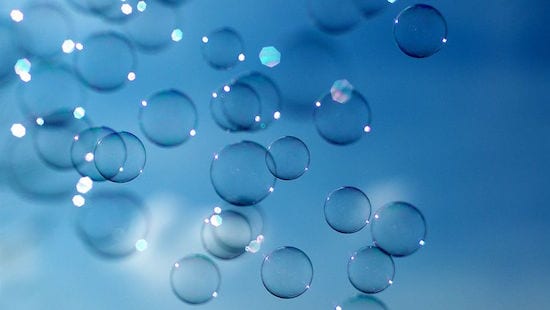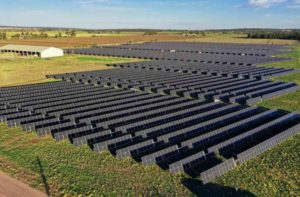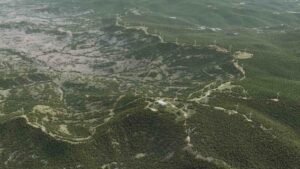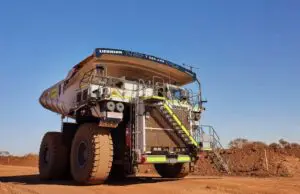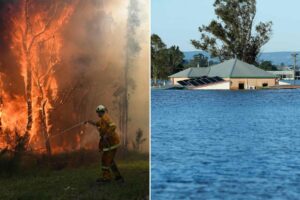The quest to turn Australia into a renewable hydrogen fuel export hub has received another boost this week, via a dual cost and sustainability breakthrough by researchers at Western Australia’s Curtin University.
According to a paper published in the Advanced Materials journal, researchers from the university successfully used environmentally friendly and low-cost nanocrystals as highly efficient catalysts to generate solar energy for the production of clean fuels.
The nano-crystals replaced semiconductors that are usually based on the toxic heavy metal cadmium, and used in combination with expensive noble metals including platinum, iridium and ruthenium.
“Our research invented tiny crystals that do not contain any noble and toxic metals, which can be directly used as environmentally friendly catalysts to convert solar energy into hydrogen,” said lead researcher Dr Guohua Jia, from Curtin’s School of Molecular and Life Sciences.
“Previously, in order to use catalysts to derive energy from sunlight and transfer it into clean fuels such as hydrogen, we would have had to use cadmium-based semiconductors in combination with expensive noble metals,” Dr Jia said.
“However, the high toxicity of cadmium and the high cost of noble metals are considerable obstacles to their widespread use.
“These nanomaterials may be of great interest to the energy industry, as they are made from cheap and near-abundant elements and offer industries a potential cleaner and cheaper fuel source.”
In particular, Dr Jia expects the research to catch the attention of producers of low cost and low emission clean hydrogen.
As we have reported on RE, renewable hydrogen is increasingly considered a key fuel in the transition to a low carbon economy, both as an export commodity, and for powering cars and a range of industrial processes.
The WA-based research involved multidisciplinary collaborations between Curtin University, University College London, The Australian National University, Edith Cowan University and The University of Western Australia.
The report, ‘Spontaneous Formation of Noble- and Heavy-Metal-Free Alloyed Semiconductor Quantum Rods for Efficient Photocatalysis’ can be found online here.

